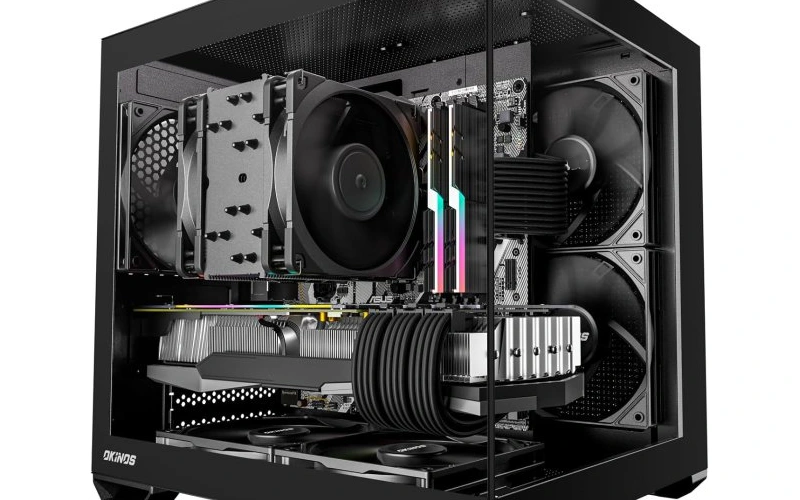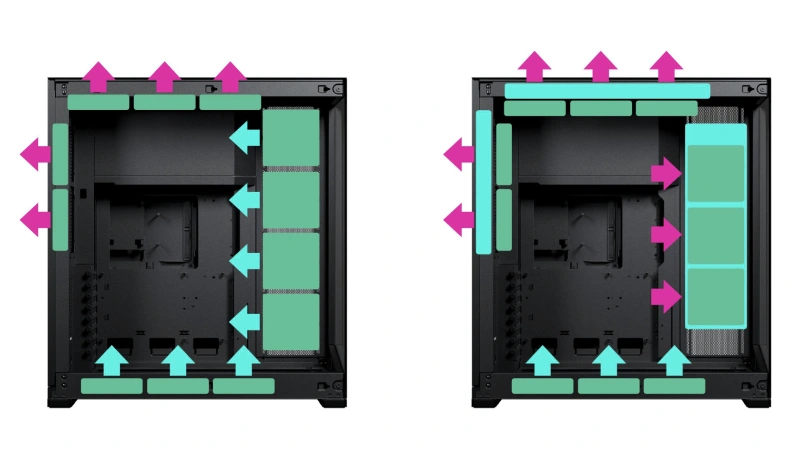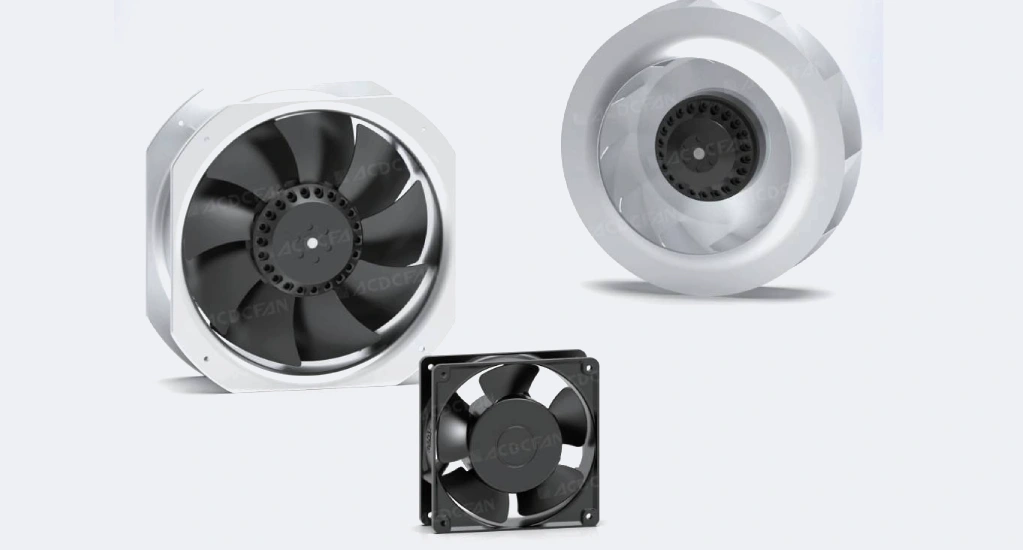Dry-type transformers, renowned for their safety and environmental advantages, come in various designs tailored for specific operational needs. Understanding these distinct types is crucial for engineers and facility managers aiming for optimal power distribution. This blog post delves into the primary classifications of dry-type transformers, shedding light on their unique construction and suitability for diverse applications.
By exploring the characteristics and benefits of each type, this guide will empower you to make informed decisions when selecting a transformer. We’ll examine the key features that differentiate them, highlighting how these differences dictate their ideal usage scenarios across industries and power systems.
What is a Dry Type Transformer
A dry-type transformer is a type of electrical transformer that uses air or other non-flammable gas as its cooling medium, as opposed to being immersed in oil or other liquids. Its windings and core are typically encapsulated in epoxy resin or a high-temperature varnish, providing insulation and protection from environmental contaminants.
This design eliminates the risk of oil leaks and fire hazards associated with liquid-filled transformers, making them a safer and more environmentally friendly choice for various indoor and outdoor applications.
Types of Dry Type Transformer
Dry-type transformers, crucial for safe and efficient power distribution, come in various designs tailored for specific applications and environmental conditions. Understanding these different types is essential for selecting the right transformer to meet your unique needs, ensuring optimal performance and longevity of your electrical system.
Non-Ventilated Transformers
Non-ventilated dry-type transformers are designed with enclosures that restrict or prevent the free exchange of air between the inside and outside of the transformer. Heat dissipation primarily occurs through the surface of the enclosure. These transformers are often filled with an inert gas to further enhance insulation and heat transfer. Their sealed design makes them particularly suitable for environments with high levels of dust, humidity, or corrosive elements, as the internal components are protected from direct exposure.
Applications for non-ventilated transformers include installations in heavily polluted industrial areas, underground mines, and other harsh environments where open ventilation could lead to rapid degradation of the transformer’s insulation. The primary benefit is their exceptional protection against environmental contaminants, leading to increased reliability and a longer lifespan in challenging conditions. While they may have a slightly higher initial cost and potentially lower power ratings compared to ventilated designs of similar size, their robustness in severe environments often outweighs these factors.
Autotransformers (Dry Type)
Dry-type autotransformers differ from conventional isolation transformers in that they have a single winding with a tap, serving as both the primary and secondary windings. This design results in a smaller size, lighter weight, and higher efficiency compared to two-winding transformers when the voltage transformation ratio is close to unity. Dry-type autotransformers utilize air or gas for cooling and solid insulation materials similar to other dry-type designs.
Applications for dry-type autotransformers are common in situations where electrical isolation between the primary and secondary circuits is not required, such as in voltage step-up or step-down applications for motor starting, lighting circuits, and power distribution where the voltage difference is not substantial. The key benefits include higher efficiency, smaller size, and lower cost compared to equivalent isolation transformers. However, the lack of electrical isolation is a critical consideration and limits their use in applications where circuit isolation is necessary for safety or to prevent ground loops.
Vacuum Pressure Impregnated (VPI) Transformers
VPI transformers are constructed with windings that are impregnated with a polyester or epoxy resin under vacuum and pressure. This process ensures deep penetration of the resin into the winding insulation, creating a robust and moisture-resistant insulation system. The impregnation process enhances the mechanical strength of the windings, improving their ability to withstand short-circuit forces and vibrations. VPI transformers typically operate at Class F (155°C) or Class H (180°C) insulation temperature ratings, offering good thermal performance and a balance between cost and performance.
Applications for VPI transformers are widespread across various industrial and commercial sectors. They are commonly used in power distribution, motor starting, and isolation applications. Their moisture resistance makes them suitable for moderately humid environments. Benefits include good electrical performance, reliable operation, and a relatively cost-effective solution for many general-purpose transformer needs. They offer a good balance of performance and cost, making them a popular choice for a wide range of applications where extreme environmental conditions are not a primary concern.
Resin Encapsulated or Cast Resin Transformers (CRT)
Cast resin transformers feature windings that are completely encapsulated in epoxy resin within a mold. This encapsulation provides excellent protection against harsh environmental conditions, including high humidity, dust, and corrosive atmospheres. The resin also acts as a superior insulating medium and enhances the mechanical strength of the windings, offering excellent resistance to short-circuit stresses. CRTs typically have Class F (155°C) or Class H (180°C) insulation temperature ratings and exhibit low noise levels due to the rigid encapsulation.
Applications for cast resin transformers are diverse and often involve demanding environments. They are frequently used in marine applications, chemical plants, mining operations, and urban substations where pollution and humidity are significant factors. Their benefits include exceptional reliability in harsh conditions, high resistance to short circuits, low maintenance requirements, and excellent fire safety characteristics due to the self-extinguishing properties of the resin. While generally more expensive than VPI transformers, their robust design and suitability for challenging environments often justify the investment.
Open Wound Transformers
Open wound dry-type transformers have their windings insulated with varnish or enamel and are not fully enclosed in a resinous material. They rely primarily on the inherent insulating properties of the winding insulation and the surrounding air for cooling and insulation. These transformers are typically the most cost-effective type of dry-type transformer and are suitable for relatively clean and controlled environments where humidity and dust levels are low. They are available in various insulation classes, such as Class B (130°C) or Class F (155°C).
Applications for open wound transformers are generally limited to indoor installations in clean and dry environments, such as within electrical equipment enclosures or in air-conditioned spaces. They are often used in control circuits, small power supplies, and isolation applications where environmental factors are not severe. The primary benefit of open wound transformers is their lower initial cost. However, they are more susceptible to environmental contaminants and may require more frequent cleaning and inspection compared to encapsulated designs. Their use is typically restricted to less demanding applications where the environment is well-controlled.
Isolation Transformers (Dry Type)
Dry-type isolation transformers feature separate primary and secondary windings, providing electrical isolation between the input and output circuits. This isolation is crucial for safety, preventing ground loops, and protecting sensitive equipment from voltage spikes and electrical noise. These transformers are constructed using dry-type insulation methods like VPI or cast resin, depending on the application’s environmental requirements. They are available in various voltage ratios and power ratings to suit diverse needs.
Applications for dry-type isolation transformers are widespread, particularly in sensitive electronic equipment, medical facilities, industrial control systems, and anywhere electrical noise or ground faults need to be minimized. The primary benefit is the electrical isolation they provide, enhancing safety and improving the quality of power delivered to connected devices. While they might be slightly larger and potentially less efficient than autotransformers for similar voltage ratios, the critical safety and noise reduction benefits they offer make them indispensable in many critical applications.
Buck-Boost Transformers (Dry Type)
Dry-type buck-boost transformers are small, single-phase transformers designed to slightly raise or lower the line voltage by a small percentage (typically 5% to 20%). They are connected in an autotransformer configuration, utilizing a portion of their winding to either add to or subtract from the incoming voltage. Their compact size and cost-effectiveness make them a practical solution for correcting minor voltage variations.
Applications for dry-type buck-boost transformers include adjusting voltage levels for sensitive equipment that requires a specific voltage, compensating for voltage drops in long distribution lines, and ensuring proper operation of machinery designed for slightly different voltage standards. The key benefits are their low cost, small size, and ease of installation for minor voltage adjustments. However, they do not provide electrical isolation and are limited to relatively small voltage corrections.
Drive Isolation Transformers (Dry Type)
Dry-type drive isolation transformers are specifically designed to supply power to variable frequency drives (VFDs) and other power electronic equipment. These transformers are built to withstand the harmonic currents generated by VFDs, which can cause overheating and other issues in standard transformers. They often feature special core designs and robust windings to handle the non-sinusoidal currents and voltage stresses associated with power electronic loads.
Applications for dry-type drive isolation transformers are primarily in industrial and commercial settings where VFDs are used to control motor speed and efficiency. Benefits include improved performance and reliability of the VFD system by providing a dedicated and appropriately designed power source, mitigating harmonic distortion effects on the power supply, and often providing electrical isolation. While they may have a higher initial cost than standard transformers, they are essential for ensuring the longevity and proper operation of VFD-controlled equipment.
How to Right Type of Dry Type Transformers
Selecting the right type of dry-type transformer involves a careful evaluation of several key factors to ensure optimal performance, safety, and longevity for your specific application. Consider the voltage transformation requirements, the power rating needed to meet the load demands, and the environmental conditions where the transformer will be installed, including temperature, humidity, and the presence of dust or corrosive substances.
Additionally, assess the need for electrical isolation and any specific requirements related to harmonic content if the load involves power electronics. Finally, budget constraints and available space can also influence the selection process.
Here are key factors to consider when choosing the right type of dry-type transformer:
- Voltage Transformation Ratio: Determine the required input and output voltage levels for your application.
- Power Rating (kVA): Calculate the total apparent power demand of the connected loads, with consideration for future expansion.
- Environmental Conditions: Assess the operating environment, including temperature, humidity, and presence of contaminants (dust, chemicals).
- Insulation Class: Choose an appropriate insulation class based on the expected operating temperature and ambient conditions.
- Need for Isolation: Determine if electrical isolation between the primary and secondary circuits is required for safety or noise reduction.
- Load Characteristics: Consider the type of load, including the presence of non-linear loads that generate harmonics.
- Efficiency Requirements: Evaluate the importance of energy efficiency for your application and consider transformers with lower losses.
- Space and Weight Limitations: Consider any physical constraints on the size and weight of the transformer.
- Budget: Balance the performance requirements with the available budget for the transformer.
- Specific Application Needs: Consider any unique requirements of your application, such as buck-boost functionality or drive isolation.
Advantages of Dry Type Transformer
Dry-type transformers offer numerous advantages, making them a preferred choice over oil-filled transformers in many applications. Their inherent safety is a primary benefit, as the absence of flammable oil eliminates the risk of fire and explosions, making them suitable for indoor installations and densely populated areas.
Environmentally, they are a greener option, as there’s no potential for oil leaks or spills, simplifying disposal and reducing environmental impact. Furthermore, dry-type transformers typically require less maintenance, as there’s no need for oil level checks, oil sampling, or oil changes, leading to lower operational costs and increased uptime.
Here’s a summary of the key advantages:
- Enhanced Safety: No flammable oil, reducing fire and explosion risks.
- Environmental Friendliness: No oil leaks or spills, easier disposal.
- Reduced Maintenance: No oil-related maintenance tasks.
- Installation Flexibility: Can be installed indoors and closer to the load.
- Improved Aesthetics: Often have a more compact and cleaner design.
- Resistance to Short Circuits: Some designs offer better mechanical strength.
- Suitability for Harsh Environments: Encapsulated designs offer protection against moisture and dust.
Conclusion
Understanding the various types of dry-type transformers is crucial for selecting the optimal solution for specific power distribution needs. Each type, from open-wound to cast resin, offers unique advantages and is tailored for particular applications and environmental conditions.
By carefully considering factors like safety requirements, environmental concerns, and operational demands, engineers and facility managers can leverage the benefits of dry-type technology. Choosing the right transformer ensures efficient, reliable, and safe power distribution for diverse industrial and commercial settings.
For premium rated wholesale dry-type transformers, consider sourcing from reputable dry type transformer suppliers like our Linkwell Electrics to ensure you receive reliable and cost-effective solutions for your power infrastructure projects.




